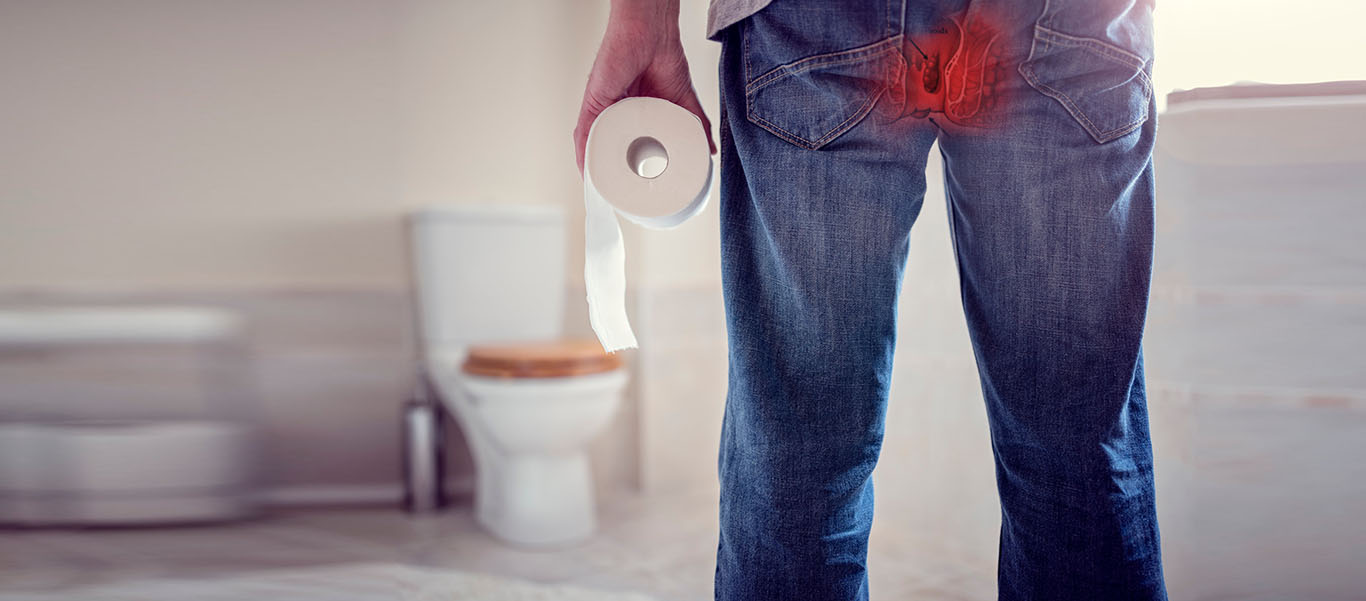A problem that can cause severe discomfort in a person’s quality of life is piles. This is not a commonly occurring problem, but once anyone encounters such a problem, it can be severely painful and discomforting for them. Usually, piles occur in the anal region of the person, and such problems make a person more hesitant to discuss with some other individual or a healthcare professional. The veins in the anal region get swollen, which could even lead to bleeding other than pain. So, getting the appropriate piles treatment in Ludhiana could be a wise choice for a person.
What is the classification of piles?
- External piles: If the piles are developed at the outer side of the anal canal, which is under the skin of the anus. Then, it could cause excruciating pain when the blood inside them clots.
- Internal piles: This type is different from the external piles as they form inside the anal canal. They might not be visible, but they can hang, reaching all the way down to the anus. The internal piles are graded further into several kinds:
- First-degree piles are under the skin of the person’s anus; they could bleed but cannot come out hanging from the anus.
- Second-degree piles usually come out at the time of bowel movements, but they get back inside on their own.
- Third-degree piles come out when passing stools, but they should be manually pushed back.
- Fourth-degree piles do not recede, but they generally hang out of the anus. According to the best urologist in Ludhiana, this degree of piles can cause some serious complications for a person.
What are the symptoms for indicating external piles?
- Hard lumps are being made at the anal region
- Facing difficulty and pain while sitting
- The sensation of burning when passing stools, which lasts for a long period
- Bleeding from the anus side
- After passing the stools, getting a feeling that the bowels are not properly emptied
What is the diagnosis for piles?
- Digital rectal exam: In this test, the experts will insert their fingers into the anal region to check for the indication of piles. For pain reduction, they will use an anaesthetic, which is topical and a lubricating gel.
- Sigmoidoscopy: In this process, a special thin tube that has a camera fitted onto it is used. With the help of this instrument or tool, the experts will examine the lower part of the person’s rectum or colon.
- Colonoscopy: Before progressing with the piles treatment in Ludhiana, to rule out any other condition of the colon, the doctor will conduct a thorough examination. Likewise, with the sigmoidoscopy, a colonoscope is inserted into the anus to indicate the problem of piles.
- Blood tests: This test is mostly suggested to check for anaemia, which is caused by blood loss from piles.
What are the various treatment measures for piles?
- Self-care at home :
- Eating a diet that has a high content of fibre in it
- Drinking lots of water
- Eating processed or junk foods must be avoided
- Exercising for at least 30 minutes is a must
- Don’t put any strain on stools
- Medications for piles :
- Consuming fibre supplements for bulking up the stool content
- Using laxatives to help with constipation
- Soothing creams or ointments that can assist in providing relief from pain or burning
- Suppositories or creams containing corticosteroids for reducing swelling
- Non-surgical treatment for curing piles :
- Rubber band ligation: This process includes putting a rubber band around the piles, which cuts the blood supply off the piles that fall within a week. The area where piles were developed will be naturally healed after some time.
- Sclerotherapy injections: As performed by the best urologist in Ludhiana, the tissues at the base of piles are injected with sclerosant, which prevents the development of the tissue. After that, the blood reroutes to the healthy veins, and the specific diseased vein shrivels and falls off after a week.
- Surgical treatment :
- Hemorrhoidectomy: By using general anaesthesia, small incisions are made at the anal region. Those diseased veins are cut by scalpels, and this could be a painful procedure. For a complete recovery, 4 weeks of time is required.
- Laser Piles surgery: In this minimally invasive procedure, high-intensity laser beams are used to cut off the piles. This treatment will take up to 30 minutes, and the reason why this procedure is preferred is because it is painless and has faster recovery times.
Conclusion :
It is crucial to indicate the piles problem before it gets worse. The symptoms that can help the person to identify are pain, bleeding in the anal region, inflammation and difficulty while sitting. There are several tests that can help experts observe the extent of the problem, and those tests will help identify which kind of treatment is required. Some other complications associated with piles are ulcers, skin tags or thrombosis.

